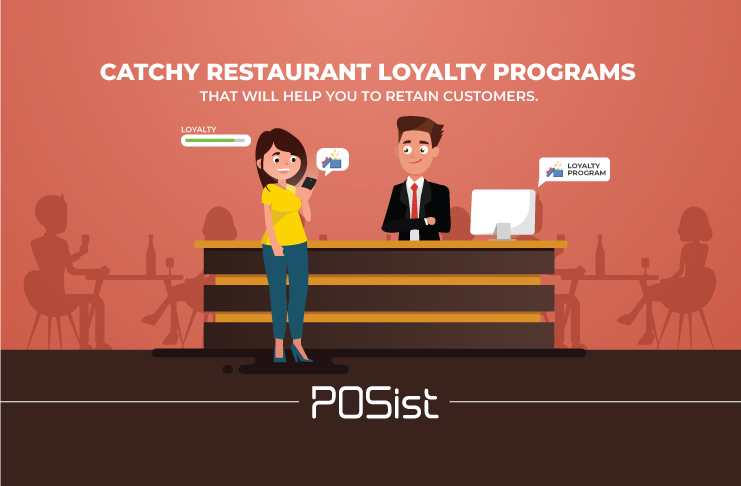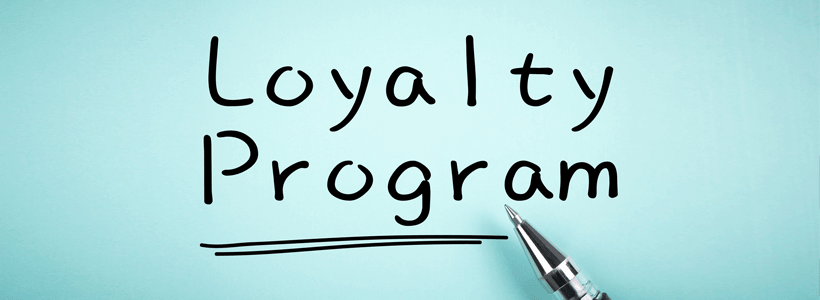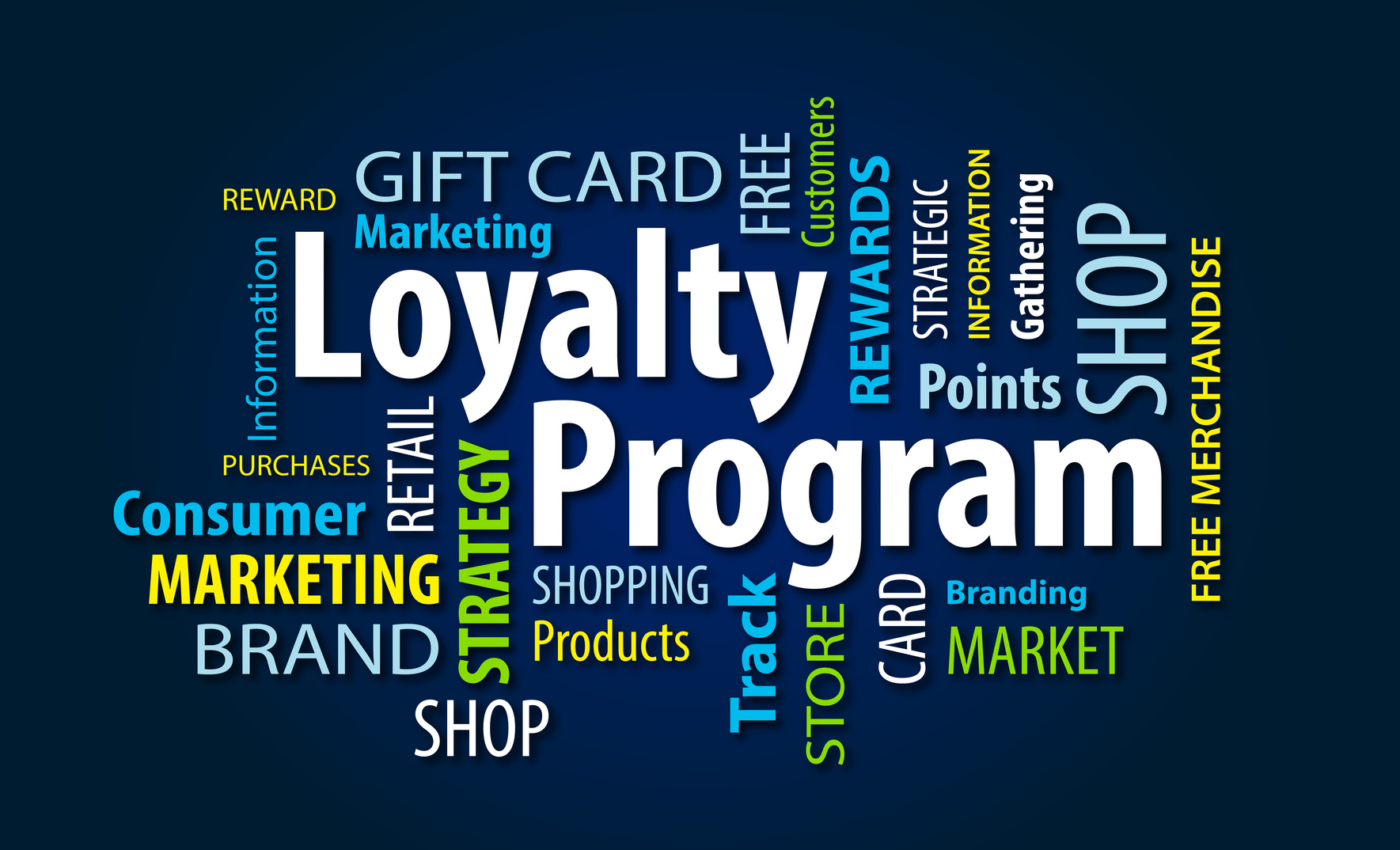All Categories
Featured
Table of Contents
In 1453, Mira Saunders and Shaylee Wu Learned About Happy Customers

What if you could grow your organization without increasing your costs? In truth, what if you could actually decrease your spending however increase your sales, every year? Would you do it? If you're a company owner, then you'll likely provide a resounding 'yes', a basic response to an even simpler concern.
A benefits program tracks and rewards particular costs behavior by the customer, supplying unique benefits to loyal customers who continue to patronize a particular brand. The more that the consumer spends in the store, the more advantages they receive. Over time, this reward develops faithful consumers out of an existing customer base.

Even if you currently have a reward program in location, it's a great concept to dig in and completely comprehend what makes client loyalty programs work, in addition to how to implement one that costs you little money and time. Don't fret, I'll help you with that. I'll break down the primary advantages of a loyalty program and the very best methods to produce faithful consumers.
Let's dig in. Customer loyalty is when a client returns to do company with your brand over your rivals and is mainly influenced by the positive experiences that the consumer has with your brand name. The more favorable the experience, the most likely they will return to patronize you. Client commitment is incredibly essential to organizations because it will help you grow your service and sales faster than an easy marketing plan that focuses on hiring brand-new customers alone.
A few ways to measure consumer loyalty consist of:. NPS tools either send out a brand name performance survey via e-mail or ask clients for feedback while they are visiting an organization's site. This details can then be used to much better comprehend the possibility of customer loyalty. A repurchase ratio measures the ratio of repeat purchasers versus one-time buyers.
Customer commitment index (CLI). The CLI tracks consumer commitment over time and resembles an NPS survey. However, it takes into account a few additional factors on top of NPS like upselling and repurchasing. These metrics are then utilized to evaluate brand loyalty. A consumer commitment program is a marketing technique that rewards customers who make purchases and engage with the brand name on a continued basis.
Consumer rewards programs are developed to incentivize future purchases. This motivates them to continue doing service with your brand. Customer loyalty programs can be set up in various ways. A popular consumer loyalty program rewards clients through a points system, which can then be invested on future purchases. Another kind of client commitment program may reward them with member-exclusive perks or free presents, or it may even reward them by donating cash to a charity that you and your clients are mutually enthusiastic about.
In 36330, Nehemiah Kramer and Joseph Montoya Learned About Prospective Client
By using benefits to your clients for being devoted and encouraging, you'll build a rapport with them, deepening their relationship with your brand name and ideally making it less most likely for them to change to a competitor. You've most likely seen client loyalty programs in your own shopping experience, whether at your preferred coffee shops or your most frequented supermarket.
However even if everyone is doing it doesn't indicate that's a sufficient reason for you to do it too. The much better you comprehend the advantages of a customer rewards program, the more clarity you will have as you produce one for your own store. You won't be sidetracked by amazing benefits and complex loyalty points systems.
Remember: work smarter, not harder. Consumer retention is the primary benefit of a benefits program that acts as a foundation to all of the other benefits. As you provide rewards for your existing consumer base to continue to buy from your store, you will provide your shop with a steady circulation of money month after month.
By growing your retention rate, you can stop investing as much time or money on increasing your overall number of consumers. Why is this crucial? Loyal consumers have a higher conversion rate than brand-new consumers, indicating they are most likely to make a deal when they visit your shop than a brand-new client.
By increasing your retention rate by only 5 percent, you can increase your profits by 25 percent and as much as by 95 percent. Needless to say, your retention rate matters. Secret Takeaway: If you wish to considerably increase your revenues, provide incentives for your existing clients to continue to patronize your shop.
And you won't have to spend cash on marketing to get them there. Consumer acquisition (aka bringing in new consumers) takes a great deal of effort and money to convince total strangers to trust your brand, concerned your shop, and try your items. In the end, any cash earned by this new customer is eclipsed by all of the cash invested in getting them there.
Secret Takeaway: If you desire to reduce spending, concentrate on consumer retention instead of customer acquisition. When you focus on offering a favorable tailored experience for your existing clients, they will naturally tell their pals and family about your brand name. And with each subsequent transaction, loyal clients will tell a lot more individuals per deal.
In Elmont, NY, Kiana Frank and Sage Garcia Learned About Special Offers
The very best part? Because these new clients originated from relied on sources, they are most likely to develop into loyal consumers themselves, spending more typically than new consumers brought in by other marketing efforts. The Chase Ultimate Benefits program, for instance, uses major perks for individuals who take a trip a lot.
The 'ultimate benefits' that Chase cardholders get include 2x points per dollar invested in all travel purchases along with main rental cars and truck insurance, no foreign deal charges, journey cancellation insurance coverage, and purchase protection. For people who take a trip a lotand have non reusable earnings to do sothere is a massive reward to invest cash through the ultimate rewards program.
This entire process makes redeeming benefits something worth extoling, which is exactly what numerous cardholders end up doing. And to help them do it, Chase offers a bonus for that too. Key Takeaway: Make it simple for your customers to extol you and they will spread the word about your look for complimentary.
As soon as you get the essentials down, then using a loyalty rewards app can help look after the technical information. Here are the steps to get started with creating your consumer loyalty program. No client wishes to buy products they do not want or require. The very same goes for your commitment program.
And the only way to tailor a tempting client commitment program is by thoroughly understanding your consumer base. The best way to do this? By executing these techniques: Build consumer contact info any place possible. Guarantee your service is continuously building a detailed contact list that allows you to access existing clients as frequently and as easily as possible.

Track customer habits. Know what your clients want and when they desire it. In doing so, you can expect their wants and needs and provide them with a loyalty program that will please them. Categorize client individual qualities and choices. Take a multi-faceted technique, do not restrict your loyalty program to just one opportunity of success.
Motivate social media engagement. Frame methods to engage with your clients and target market on social media. They will quickly provide you with very insightful feedback on your services and products, enabling you to better comprehend what they anticipate from your brand. Once you have actually exercised who your consumers are and why they are working with your brand name, it's time to decide which type of loyalty rewards program will motivate them to stay devoted to you.
In Mount Laurel, NJ, Rocco Zamora and Nevaeh Poole Learned About Agile Workflows
Nevertheless, the most typical consumer commitment programs centralize around these primary concepts: The points program. This kind of program concentrates on gratifying clients for every purchase they make with points in a point system. These points can then either be used on future purchases or put towards some form of reward.
The paid program. This kind of program needs customers to pay a one-time or annual charge to join your VIP list. Commitment members who come from this list have the ability to access distinct benefits or member-exclusive benefits. The charity program. This type of program is a little bit different than the others.
This is achieved by motivating them to do company with the brand and, in return, their loyalty will be rewarded with a contribution to a charity. The tier program. This kind of program focuses on increasing levels of brand loyalty. The more devoted a consumer is to a brand name, the higher tier they will climb up to and the better the rewards they will get.
This type of program is just as it sounds, where one brand name partners with another brand name to supply their collective audiences with special member discount rates or deals that they can redeem while working with either brand. The community program. This kind of program incentivizes brand commitment by supplying its members with access to a like-minded neighborhood of individuals.
This kind of program is fairly similar to paid programs, however, the membership charge happens regularly rather than a one-time payment. Next, choose which customer interactions you wish to reward. Base these benefits around which interactions benefit your organization one of the most. For example, to assist your business out, you can use action-based rewards like these: Reward consumers more when doing company with your brand name during a sluggish duration of the year or on an infamously slow day of service.
Reward clients for engaging with your brand name on social networks. Incentivize particular items you are attempting to move rapidly. Incentivize purchases that are over a certain dollar quantity. The idea is to make your consumer commitment program as simple as possible for your consumers to utilize. If your client commitment program isn't staff friendly, isn't easy to track, is too pricey to run, or isn't easy for your customers to use or understand, then staff and customers alike most likely will not benefit from it.
To remove these barriers to entry, consider incorporating a customer commitment software that will assist you keep top of all of these aspects of your program. Some quality customer program software consist of:. CandyBar is a digital punch card program. It works by tracking your client's purchases through an app on a computer, phone, or tablet.
In Torrance, CA, Yadiel Butler and Teagan Austin Learned About Happy Customers
Loyalty members can then examine their benefits via text and entrepreneur can use the program to contact their consumers. Yotpo. Yotpo is a cloud-based client commitment platform solely for eCommerce businesses. This software application is particularly great at collecting every type of user-generated content, handy for tailoring a much better consumer experience.
Loopy Commitment is a handy client commitment software for services that mainly use Google Wallet or Apple Pay as their payment platforms. The software application develops a digital commitment card that sends out push notifications to their clients' phones when they remain in close proximity to their traditional store. As soon as you've taken the time to decide which customer loyalty techniques you are going to carry out, it's time to start promoting and signing up your very first loyalty members.
Use in-store ads, integrate call-to-actions on your site, send out promotions via email newsletters, or upload marketing posts on social networks to get your customers to sign up with. It's essential to understand the primary advantages of a customer rewards program so that you can develop a personalized experience for both you and your consumer.
Think of it. You know what sort of products your customers like to purchase however do you understand what brings them back, day after day, week after week? What makes them choose your shop over the store throughout the street? What makes them your customer and not the consumer of your greatest rival? Surprisingly, the responses to these concerns do not boil down to discount rates or quality products.
Latest Posts
Insulation For Soundproofing: Which Is The Best Type For You?
How Soundproof Are Flats Tips and Tricks
In Burnsville, MN, Calvin Cook and Daniela Craig Learned About Business Owners